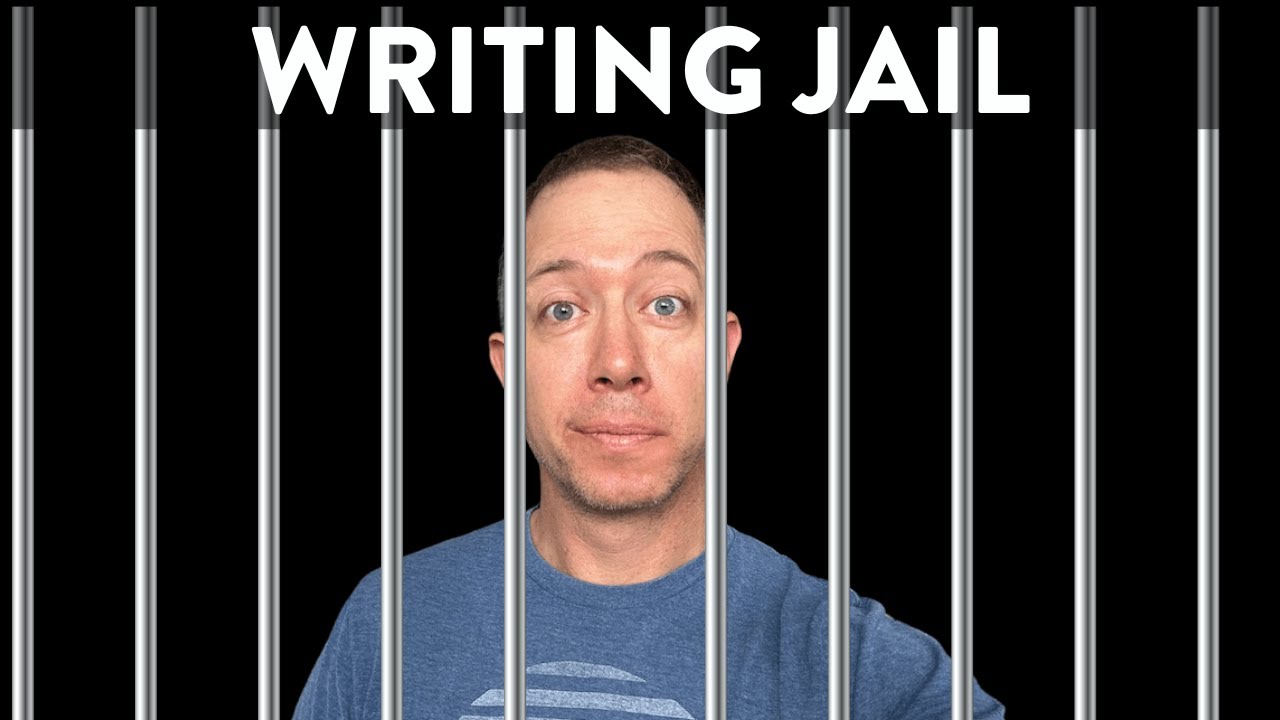What is Writing techniques?
Writing techniques are specific strategies and methods that writers use to convey their ideas effectively, engage readers, and create a compelling piece of writing. These techniques can range from simple grammatical rules and sentence structures to more advanced literary devices and stylistic elements.
Some common writing techniques include:
1. Descriptive language: Using vivid and detailed language to create a clear image in the reader’s mind.
2. Metaphors and similes: Comparing two unlike things to enhance the reader’s understanding and create a more engaging narrative.
3. Dialogue: Using conversations between characters to move the plot forward and reveal character traits.
4. Point of view: Choosing whether to write in first person, second person, or third person perspective to provide a specific angle of the story.
5. Foreshadowing: Dropping hints or clues throughout the story to build suspense and prepare readers for upcoming events.
6. Symbolism: Using objects, colors, or characters to represent deeper meanings or themes in the story.
7. Show, don’t tell: Instead of outright stating emotions or actions, showing them through actions, dialogue, and descriptive language to engage readers more effectively.
By mastering these writing techniques, writers can create more engaging, compelling, and effective pieces of writing that resonate with their audience and leave a lasting impact.
Things to know about Writing techniques
1. Show, don’t tell: Instead of simply stating facts or emotions, use descriptive language and details to evoke a response from the reader.
2. Use vivid imagery: Paint a picture with your words by using sensory details to create a more engaging reading experience.
3. Use dialogue: Dialogue can bring characters to life and move the story forward in a natural way.
4. Use active voice: Active voice makes your writing more concise and engaging by focusing on the subject performing the action.
5. Use literary devices: Techniques such as metaphor, simile, and symbolism can add depth and complexity to your writing.
6. Develop strong characters: Create characters that are multi-dimensional and relatable to keep your readers engaged.
7. Maintain a consistent voice: Find your own unique writing style and tone and stick to it throughout your work.
8. Use pacing to build tension: Vary the speed of your writing to create suspense and keep readers intrigued.
9. Edit and revise: Good writing requires multiple drafts and edits to refine your work and make it the best it can be.
10. Read widely: Expose yourself to a variety of writing styles and genres to expand your own writing repertoire and learn from others.
7 Writing Techniques so Good they should be Illegal – YouTube
Ten Weird Writing Tips That Actually Work – YouTube
IELTS Writing Tips and Tricks: The Ultimate Guide – YouTube
Three anti-social skills to improve your writing – Nadia Kalman – YouTube
How to write descriptively – Nalo Hopkinson – YouTube
How to Show, Not Tell: The Complete Writing Guide – YouTube
How to create DEPTH in your writing (easy method to make your novels and stories more immersive!) – YouTube
How to create DEPTH in your writing (easy method to make your novels and stories more immersive!) – YouTube
LEADERSHIP LAB: The Craft of Writing Effectively – YouTube
Dan Brown’s writing process: 4AM. 365 days a year. 🤯 #writingtips #danbrown – YouTube
skill and ability ideas for your characters, part 5 🌲#writing #originalcharacter #oc #art #drawing – YouTube
skill and ability ideas for your characters, part 5 🌲#writing #originalcharacter #oc #art #drawing – YouTube










